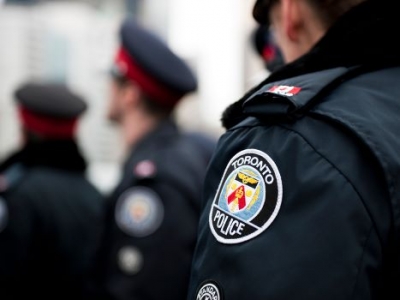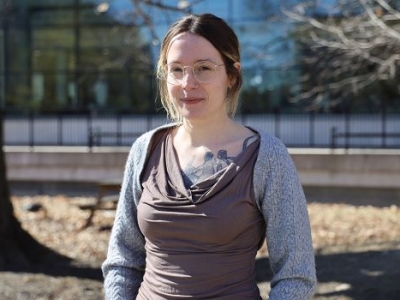The group’s research project, called Flushing Inequality, assessed the availability, quality and accessibility of municipal public toilets. The project was commissioned by the GottaGo! Campaign, a committee of citizens advocating for a network of safe, accessible, free and clean public toilets in parks, major transit stops and key public places in Ottawa.
Using feedback from an advisory committee of community members, the researchers created a comprehensive visual assessment tool consisting of 47 indicators to assess a sample of 92 public toilets. The surveys were conducted between December 2015 and February 2016 by the team of graduate students, including Victoria Roberts, Isabeau Welter and Fireda Ahmed.
Availability indicators assessed the seasons or times of operation, if the toilet was well-marked and located in proximity to public transit, and located in areas accessible to the public without requiring permission or assistance.
Accessibility indicators assessed if the public toilet is designed and located to ensure safe and equitable access, using the Ontario Building Code to determine physical accessibility, as well as staff monitoring and the provision of gender neutral facilities for social accessibility and safety.
Quality indicators assessed whether the facility was clean, well-lit, well-maintained, stocked with supplies and equipped with diaper change tables in all genders of washroom. To ensure consistency of responses, the research team visited all facilities in pairs during standard hours of operation, Monday to Saturday between 9 a.m. and 5 p.m.
Key Findings:
- While 82 per cent of public toilets are equipped with sanitary waste disposal units, only four per cent are equipped with biohazard waste disposal units.
- Sixty-three per cent of public toilets deemed to be wheelchair accessible pose at least one accessibility barrier to users with mobility challenges.
- Only 21 per cent of public toilets in the City of Ottawa are equipped with a gender neutral or family facility.
- Although assessed during standard operating hours on weekends and weekdays, at time of survey 45 per cent of the City of Ottawa public toilets were unavailable for access, either due to seasonal or daily closures.
- Among public toilets located within 100 metres of a transit stop, 25 per cent were closed to the public at the time of survey.
- Eighty-five per cent lacked signage outside the facility to indicate presence of a public toilet.
Recommendations to the City of Ottawa:
- Provide public access to family and gender neutral facilities.
- Establish an advisory committee of individuals of different abilities to provide recommendations for public toilet accessibility.
- Equip current public toilet infrastructure with outdoor signage.
- Ensure that facilities near transit stops are made available to the public and that forthcoming transit stations be equipped with accessible and free public toilets.
- Devise strategies to ensure that public toilet facilities are open and available for public access year-round.
To read more, visit Ottawapublictoilets.ca/research.
Read the story in the Ottawa Citizen.




